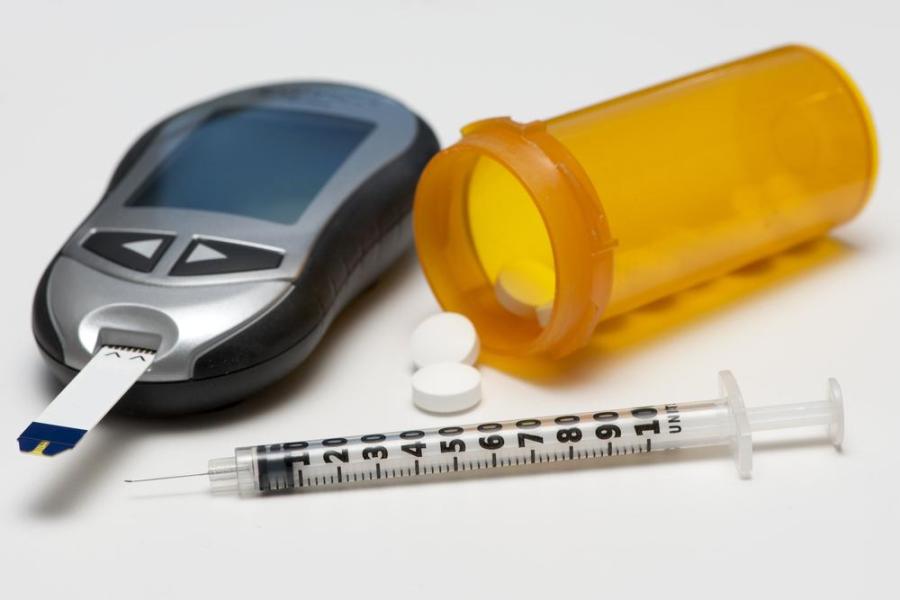
Testing for and Treating with Cortisol
Testing for Cortisol
Testing the level of cortisol in the body is used to assess the actibity of the HPA axis and as a test for many medication conditions. The most common way to test for cortisol is by collecting urine over a 24h period (known as urinary-free cortisol (UFC) and then testing the amount of cortisol in the urine. Another method is by examining the amount of cortisol in saliva. However, these methods have their drawbacks. Since cortisol levels fluctuate without the day, it can be difficult to get an idea of the overall levels of cortisol since these methods only capture one moment in time. Thus researchers and clinicians have moved toward using cortisol measurements in hair since hair can provide evidence of long term exposure to specific hormones.
Cortisol as a Therapeutic Treatment
As previously mentioned, glucocorticoids are often prescribed as anti-inflammatories for a variety of ailments, such as autoimmune diseases (multiple sclerosis, rheumatoid arthritis, inflammatory bowel disease, ulcerative colitis, psoriasis, and eczema). In these diseases, inflammation can become so severe that immune cells begin to attack other host cells. This can cause pain, swelling, cramping and itching. Glucocorticoids work by reducing the inflammation, which alleviates these symptoms.
Glucocorticoids may also be used to treat allergies or asthma which are brought on by a strong immune response to allergens. A less common use is to compensate for an adrenal insufficiency caused by Addison’s disease or removal of the adrenal gland. Another possible, but less likely use of glicocorticoids is to improve cardiovascular response to certain drugs after heart failure, or to attenuate side effects of chemotherapy.
There are a variety of synthetic glucocorticoids, including nasal formulations triamcinolone and beclomethasone, and oral forms such as prednisone, dexamethasone, and the cortisol equivalent, hydrocortisone.
As you can imagine, these therapies have a wide range of moderate to severe side effects. Such as immunosuppression, delayed wound healing, high blood sugar, psychological symptoms, gastrointestinal intestinal distress, osteoporosis, and of course Cushing’s syndrome. Patients taking prescription glucocorticoids have an increased risk for developing cardiovascular and cerebrovascular disease.




